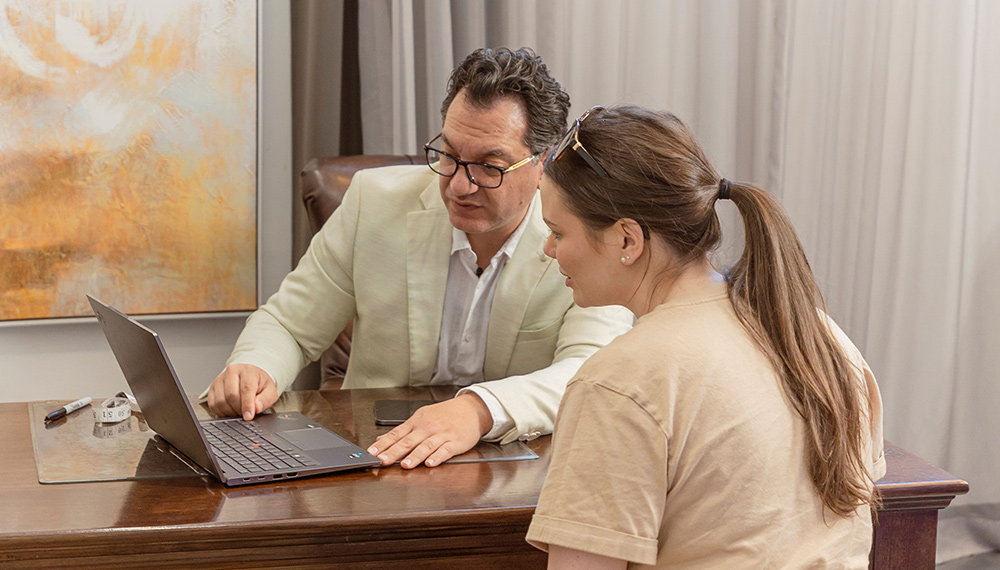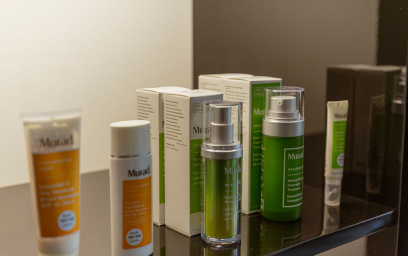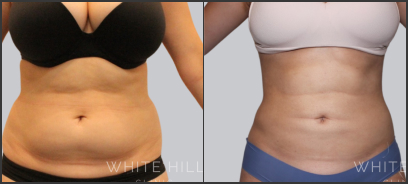Postpartum Hair Loss: What’s Really Happening to Your Hair After Pregnancy
Last updated on May 1, 2025
If you’ve recently welcomed a baby and are finding more hair in your brush, on your pillow, or in the shower drain, you’re not alone. Many women experience noticeable hair shedding in the months after giving birth. While it can be unsettling, postpartum hair loss is a common occurrence – and in most cases, it’s temporary.
In this blog, we’ll walk through what causes hair loss after pregnancy, how long it usually lasts and what you can do if the shedding doesn’t seem to slow down. We’ll also explore when it might be time to seek support and what treatment options are available if hair thinning persists.
What Is Postpartum Hair Loss?
Postpartum hair loss refers to excessive hair shedding that typically begins a few months after giving birth. During pregnancy, higher levels of oestrogen help prolong the growth phase of the hair cycle, meaning many women enjoy thicker, fuller hair.
However, once hormone levels return to pre-pregnancy levels, those extra hairs begin to shed – often all at once. This process is known as telogen effluvium and it’s the body’s way of resetting the normal hair cycle.
What Causes Hair Loss After Pregnancy?
The main reason for hair thinning after childbirth is the sudden drop in oestrogen after delivery. While this shift is completely natural, it disrupts the normal rhythm of hair growth, sending more hairs than usual into the resting phase – followed by shedding.
Other contributing factors can include:
- Nutritional depletion (especially iron and protein)
- Physical and emotional stress
- Interrupted sleep
- Thyroid imbalances (in some cases)
Although it may feel alarming, most women experiencing hair shedding postpartum are going through a temporary phase rather than permanent hair loss.
How Long Does It Last?
For most women, postpartum hair loss starts around 2 to 4 months after giving birth and tends to peak by the sixth month. In many cases, hair begins to regrow naturally within 6 to 12 months.
However, not every experience is the same. Some women notice thinner patches that don’t seem to recover or feel their hair hasn’t bounced back to its pre-pregnancy fullness. If this sounds familiar, it could be worth exploring whether an underlying issue – such as female pattern hair loss – may be playing a role.
How to Manage Hair Loss After Pregnancy
While you may not be able to stop postpartum shedding entirely, there are ways to support your hair health during this transition.
Be gentle with your hair care routine:
- Avoid tight hairstyles, harsh brushing and excessive heat styling
- Choose volumising shampoos and conditioners that won’t weigh hair down
Support your body nutritionally:
- A balanced diet with sufficient iron, zinc, protein and vitamin D is key
- Consider postnatal supplements, especially if breastfeeding
Minimise stress where possible:
- Stress can contribute to hormonal hair loss, so rest and support are important
- Even light exercise, mindfulness, or time outdoors can help
Massage your scalp:
- Regular scalp massage can help stimulate circulation and support healthy hair follicles

Postpartum hair loss often resolves within a year, but persistent thinning may need further assessment.
When to Seek Help for Postpartum Hair Loss
Although most postpartum shedding resolves on its own, there are times when it may be worth speaking with a hair restoration professional. If your hair:
- Continues to thin well beyond a year postpartum
- Appears significantly sparser at the crown or temples
- Has not begun to regrow or feels patchy in density
- Seems to be following a pattern similar to a family history of hair loss
…it could indicate that the hair loss is more than temporary.
For some women, what begins as typical postpartum hair loss can gradually reveal signs of female pattern hair loss, which often emerges during times of hormonal fluctuation – including after childbirth.
Treatment Options for Ongoing Hair Loss
If hair thinning continues or becomes a source of concern, there are clinically backed treatment options available. At White Hill Clinic, we offer personalised solutions for women experiencing ongoing hair loss beyond the postpartum phase.
For those diagnosed with female pattern hair loss, treatment plans may involve a combination of medical therapies and long-term care to slow progression and encourage regrowth. In cases where hair density is significantly reduced, some women may benefit from a female hair transplant, which offers a natural-looking solution using your own healthy hair follicles.
Final Thoughts
Postpartum hair changes are a normal part of recovery, but that doesn’t mean they’re easy to deal with. Whether you’re just beginning to notice shedding or still waiting for regrowth months after birth, remember you’re not alone and support is available.
If you’re unsure whether your hair loss is within the normal range or starting to feel more permanent, don’t hesitate to reach out. The team at White Hill Clinic is here to help you understand what’s happening and offer trusted solutions tailored to your needs.
How to Book a Consultation
To book a FREE consultation, you can call us directly at 1300 512 345 or fill out our online form to schedule your appointment. If you have any questions or would like more information, you can also reach out to us via our contact page. We’re here to assist you and guide you through every step of the process.
FAQs
When does postpartum hair loss start?
Postpartum hair loss usually begins around two to four months after giving birth. This timing aligns with the natural shift in hormone levels and the hair growth cycle returning to its usual pattern.
How long does postpartum hair loss last?
In most cases, hair shedding slows down by six months postpartum and resolves fully within 12 months. However, the timeline can vary depending on individual factors such as stress levels, nutrition and genetics.
How to stop hair loss after pregnancy?
While postpartum hair loss can’t be stopped entirely, you can support healthy regrowth through balanced nutrition, gentle hair care and minimising stress. If hair loss persists, professional treatments may help.
Is postpartum hair loss permanent?
Postpartum hair loss is typically temporary. However, if shedding continues beyond a year or reveals thinning at the crown or temples, it could indicate an underlying issue like female pattern hair loss.
What helps with postpartum hair shedding?
Supporting your body with iron-rich foods, adequate protein and gentle scalp care can help manage shedding. In more persistent cases, treatment options such as those offered at White Hill Clinic may be beneficial.









